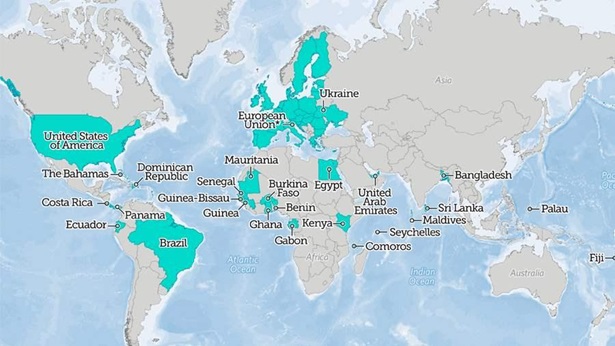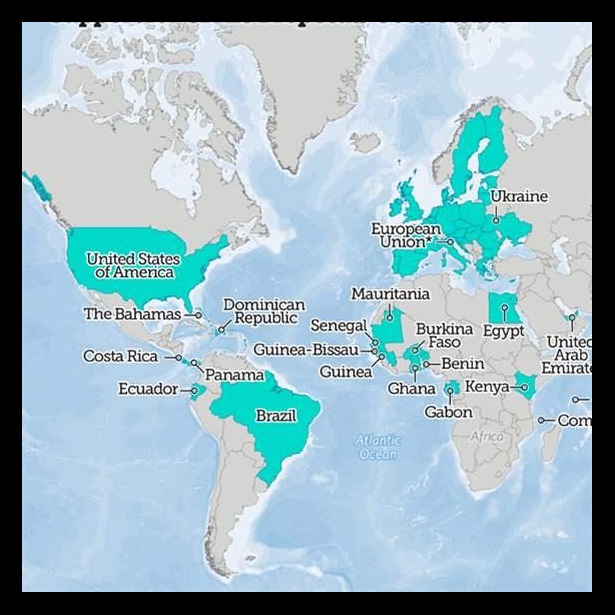Momentum Swells Worldwide for Shark and Ray Protections Ahead of CITES Meeting
Global workshops make trade restrictions a top priority at international convention
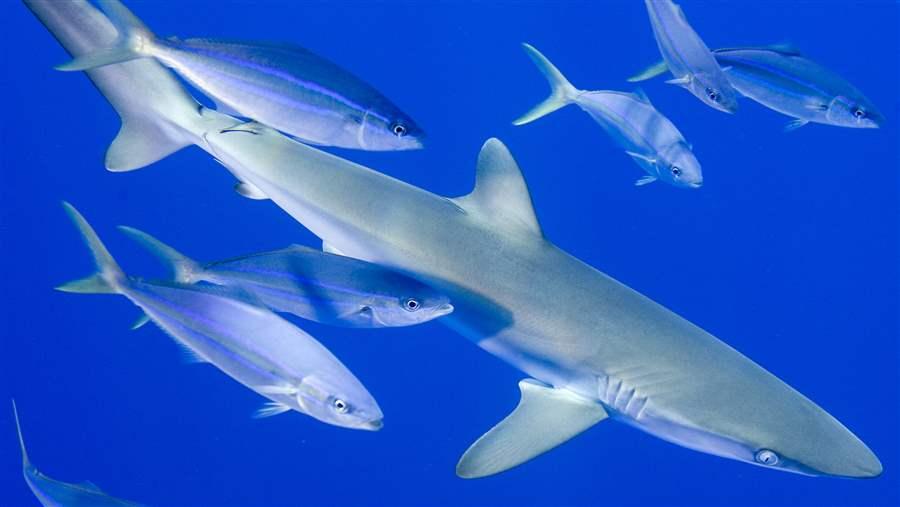
Worldwide, countries have identified sharks and rays as species that not only can be successfully listed on CITES Appendix II, but should be.
© Alex Hofford/Greenpeace
Over the past five months, government officials from more than 80 countries have taken part in eight workshops around the world to discuss and solidify support for proposals to impose trade restrictions on certain shark and ray species to be considered at this month’s meeting of the Convention on International Trade in Endangered Species of Wild Fauna and Flora (CITES).
At CITES’ 17th Conference of the Parties (CoP17) from Sept. 24 to Oct. 5 in Johannesburg, delegates will consider adding silky and thresher sharks and mobula rays to the convention’s Appendix II, which would require that all continued trade in these species be legal and sustainable. Worldwide, support for the proposals has reached record levels.
At the workshops, some attendees hailed from nations with large fisheries, while others came from places where ecotourism is critical to the economies. Still, no matter the circumstances, attendees reiterated that shark conservation is a priority issue everywhere.
This global participation underscores the willingness of governments to work together to conserve threatened sharks and rays, with the proposed listings now identified as one of the top priorities at CoP17.
Workshops in the Pacific (Samoa), Latin America (Dominican Republic), South Asia (Sri Lanka and the Maldives), the Middle East (Jordan), Eastern Europe (Armenia), and Africa (Senegal and South Africa) provided attendees with in-depth looks at the state of the shark and ray species on the agenda at CoP17. They were able to discuss successes in implementing the 2013 CITES shark listings, address concerns about building the capacity for proper enforcement, and take part in hands-on fin identification training to illustrate that any country can identify and enforce these species in trade—should they be listed.
The workshops kicked off in May, when 18 countries from the Middle East convened in Amman, Jordan, to discuss the silky shark, thresher shark, and mobula ray proposals offered by delegates from Sri Lanka and the Maldives. Princess Alia Al Hussein of Jordan attended the program. The founder of the Princess Alia Foundation emphasized the need to coordinate efforts and boost cooperation among CITES member states.
In early July, the Senegalese government and the Subregional Fisheries Commission, which coordinates policies in western African waters, hosted countries from across Africa to discuss the proposed listings. Noting that many communities depend on sustainable fisheries, representatives from all 17 participating countries pledged support for the proposals.
Central American, South American, and Caribbean countries gathered several weeks later in the Dominican Republic, where the government hosted a workshop focused on the need for global shark protections and the role CITES can play in achieving that goal. The meeting highlighted the importance of shark tourism and fisheries in Latin America and the Caribbean, and the continued influential role the region has played in shark conservation.
Demonstrating their importance in Pacific waters, sharks also were a key topic at the regional joint preparatory meeting for CITES and the Convention on Biological Diversity held in Samoa in August. Fiji, which submitted the initial mobula ray proposal and is a co-sponsor of both shark proposals, led the discussion. Fiji and Palau emphasized the importance of these species to the region’s tourism industry and marine ecosystems. Broad support for the trade restrictions also helps solidify the Pacific’s already strong conservation voice going into this year’s CITES CoP.
Elsewhere, the Armenian government and the International Fund for Animal Welfare hosted a workshop with a focus on sharks and rays that was attended by representatives from Central Asia and Eastern Europe. Participants agreed that CITES parties have an obligation under the Convention on the Conservation of Migratory Species of Wild Animals to further protect these species and that the CITES Appendix II listings are the perfect tool to deliver on this commitment.
To build on the growing momentum of global support for the three shark and ray proposals, the Maldives government hosted the first global CITES co-proponent shark conservation summit Aug. 23 and 24. As part of the event, governments from around the world agreed that their representatives would gather in 30 days to vote on the Appendix II listings.
“This meeting has made it clear that shark and ray protections are a priority agenda item at this year’s CITES CoP,” said Ibrahim Thoriq, the Maldives’ minister of environment and energy. “The Maldives, along with 48 co-sponsor countries, will work tirelessly over the next month to ensure the successful adoption of silky sharks, thresher sharks, and mobula rays onto Appendix II in September.”
On Aug. 29 and 30, Sri Lanka’s government invited delegates from Brunei, Bhutan, India, the Maldives, Myanmar, Nepal, Pakistan, Sri Lanka, and Seychelles to a regional workshop that included a discussion with leading fisheries and shark-identification experts on the global crisis facing these species and why CITES is the best path forward.
“The marine environment is of critical importance to life in Sri Lanka,” said Gamini Jayawickrama Perera, the nation’s minister of wildlife and sustainable development. “We treasure the marine resources we have, and have taken strong steps to safeguard them. Through regional and global cooperation, we can ensure these proposals are successful.”
Southern African nations gathered last week to learn more about the proposals and to address any last-minute concerns before committing their support to the proposals. South Africa hosted the event, bringing in fisheries and regional fisheries management organization experts to discuss how CITES listings and management measures for shark species complement one another.
Fifty countries have co-sponsored one or more of these proposals and even more have pledged to support the listings at the CoP. At its recent meeting, the International Union for Conservation of Nature’s World Conservation Congress gave full support to the listings as well.
Worldwide, countries have identified sharks and rays as species that not only can be successfully listed on CITES Appendix II, but should be. By creating a framework to sustainably trade these species now, governments are effectively working to prevent the need for Appendix I listings—trade bans—in the future.
Luke Warwick directs The Pew Charitable Trusts’ global shark conservation efforts.
Workshops were supported in part by the Paul G. Allen Family Foundation.
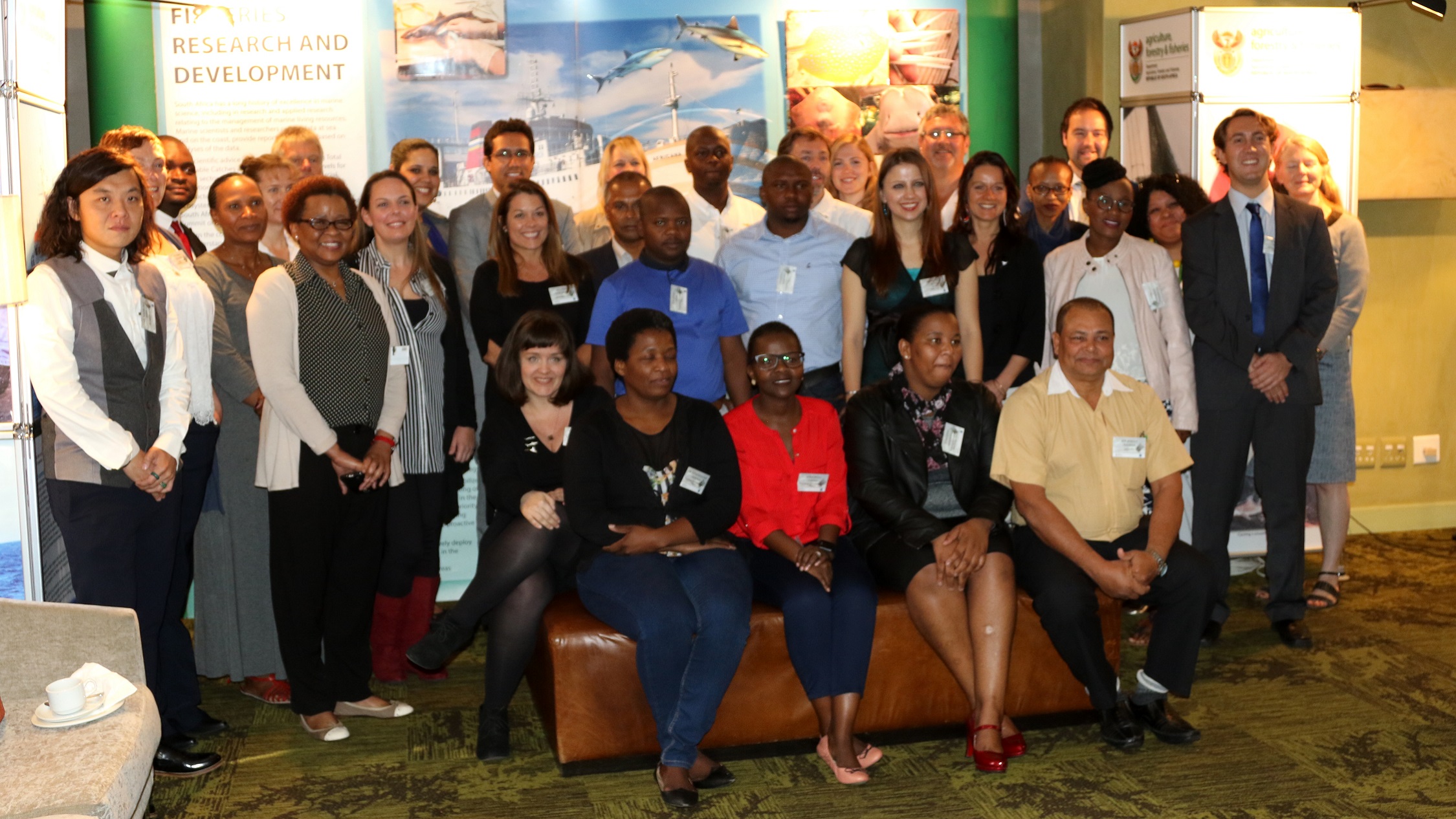
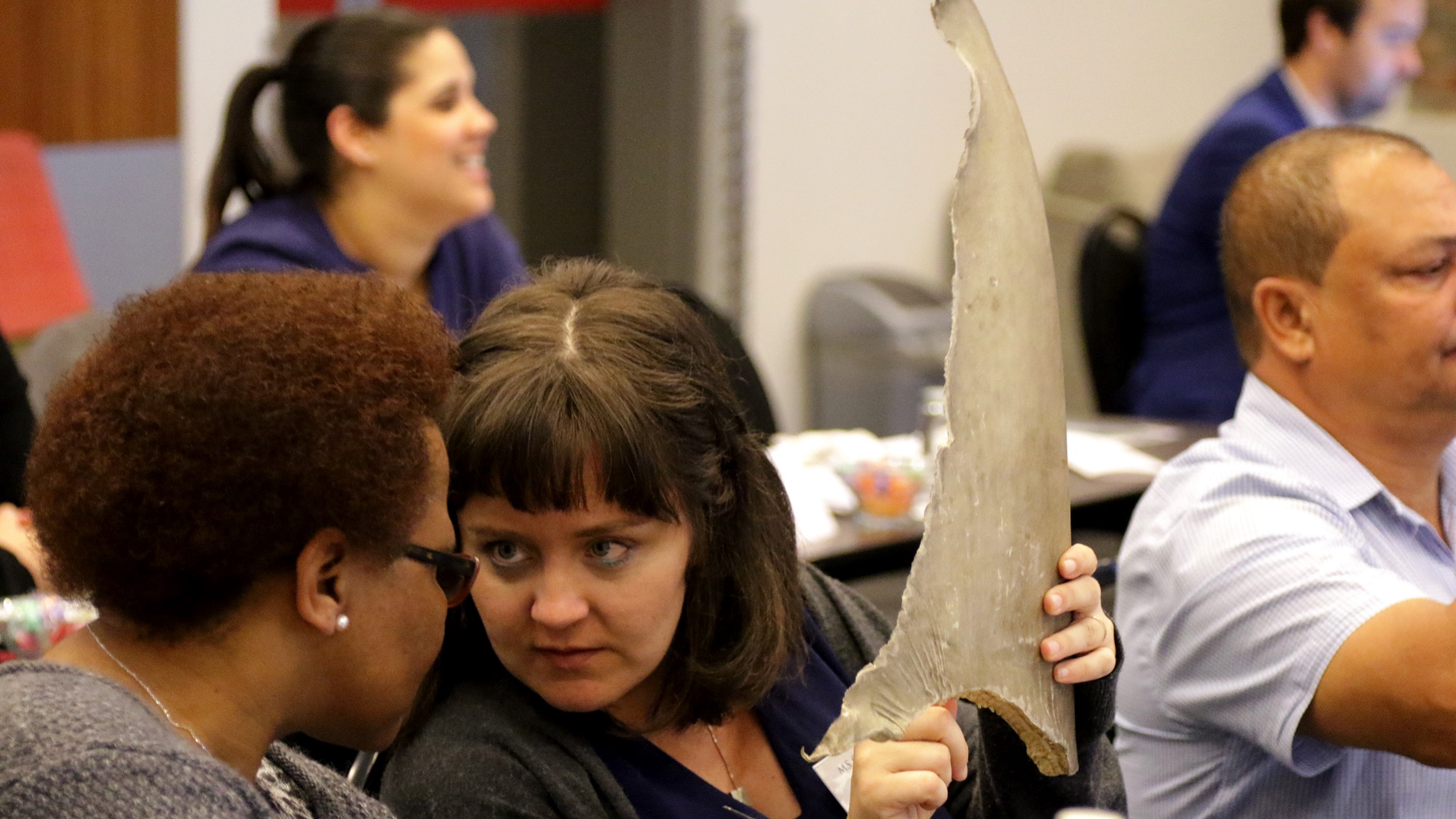

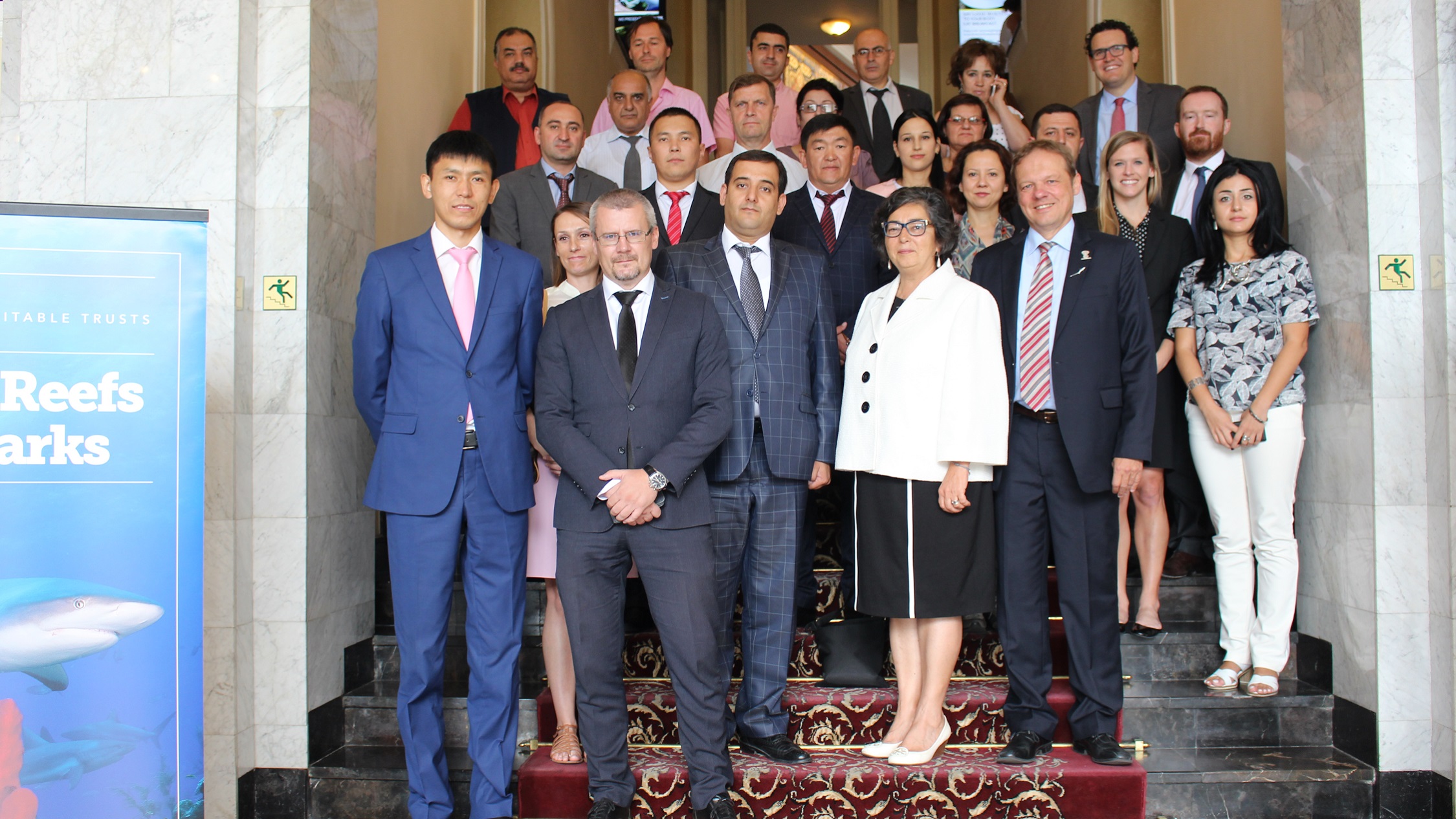
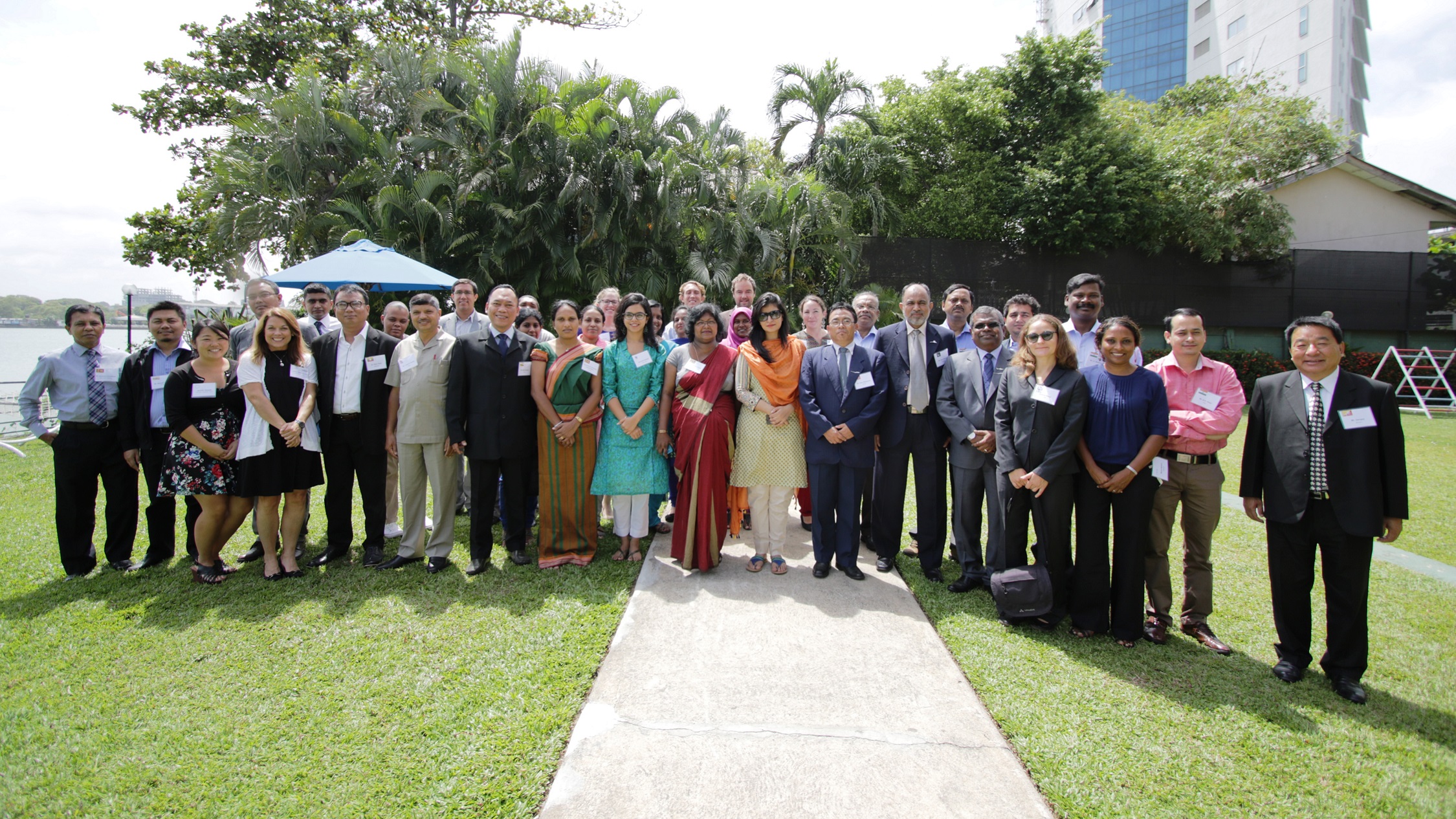
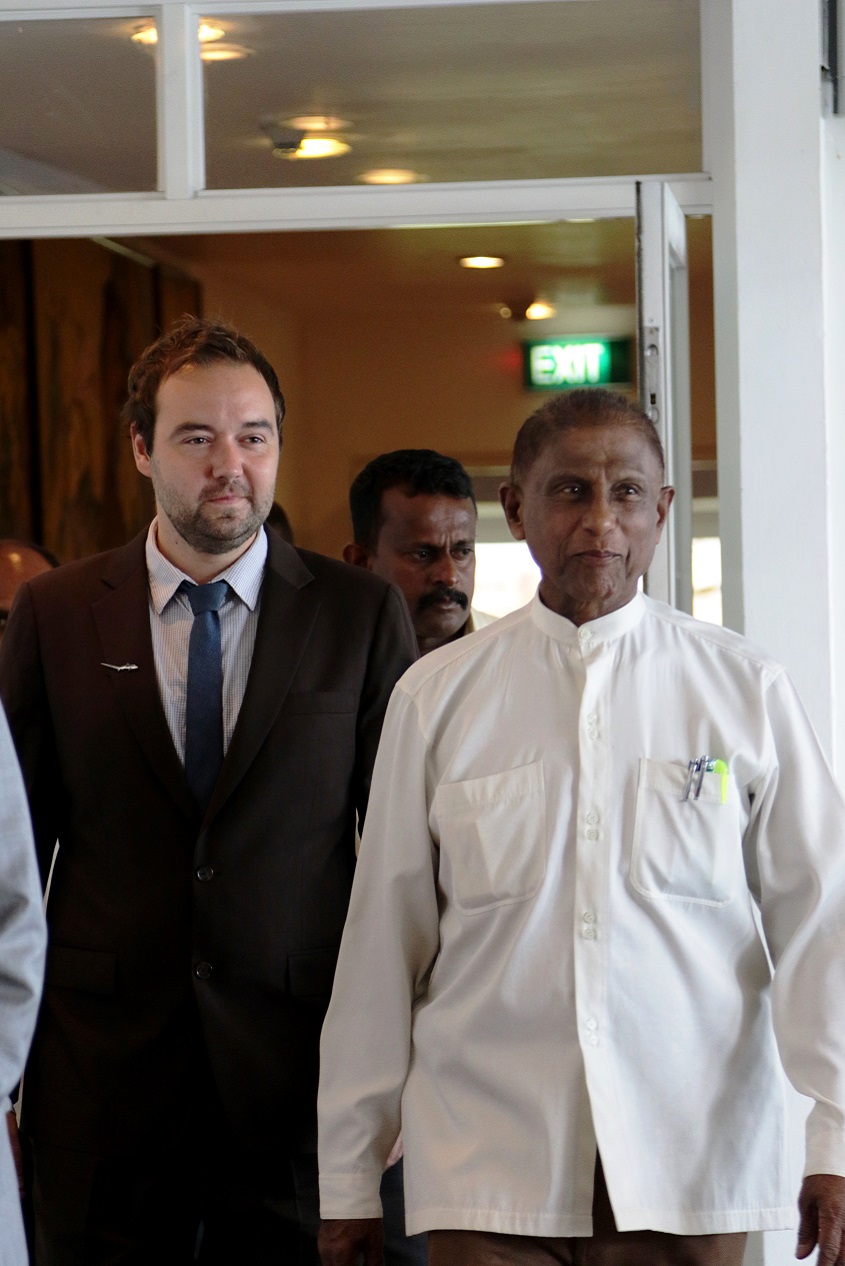
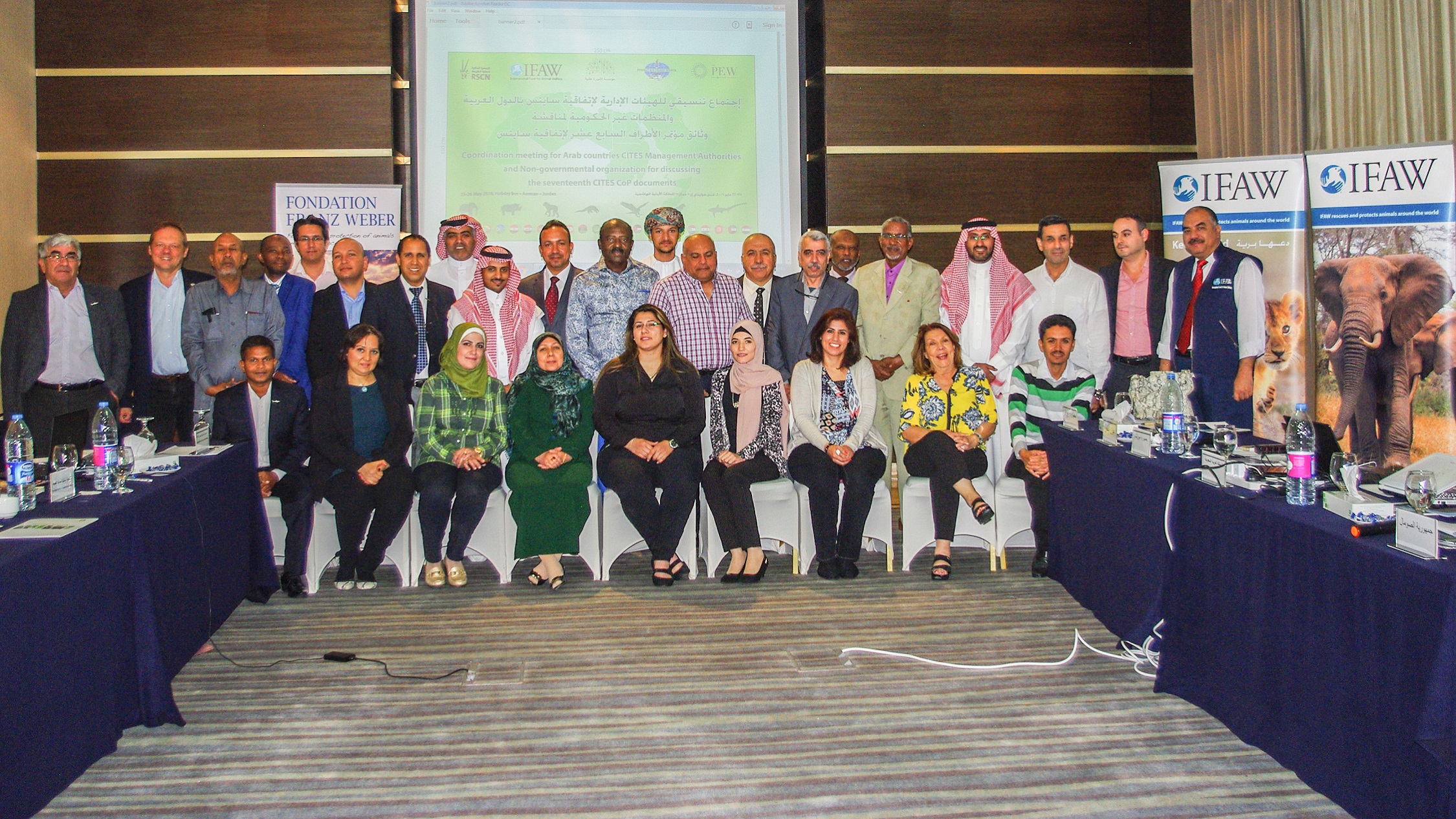
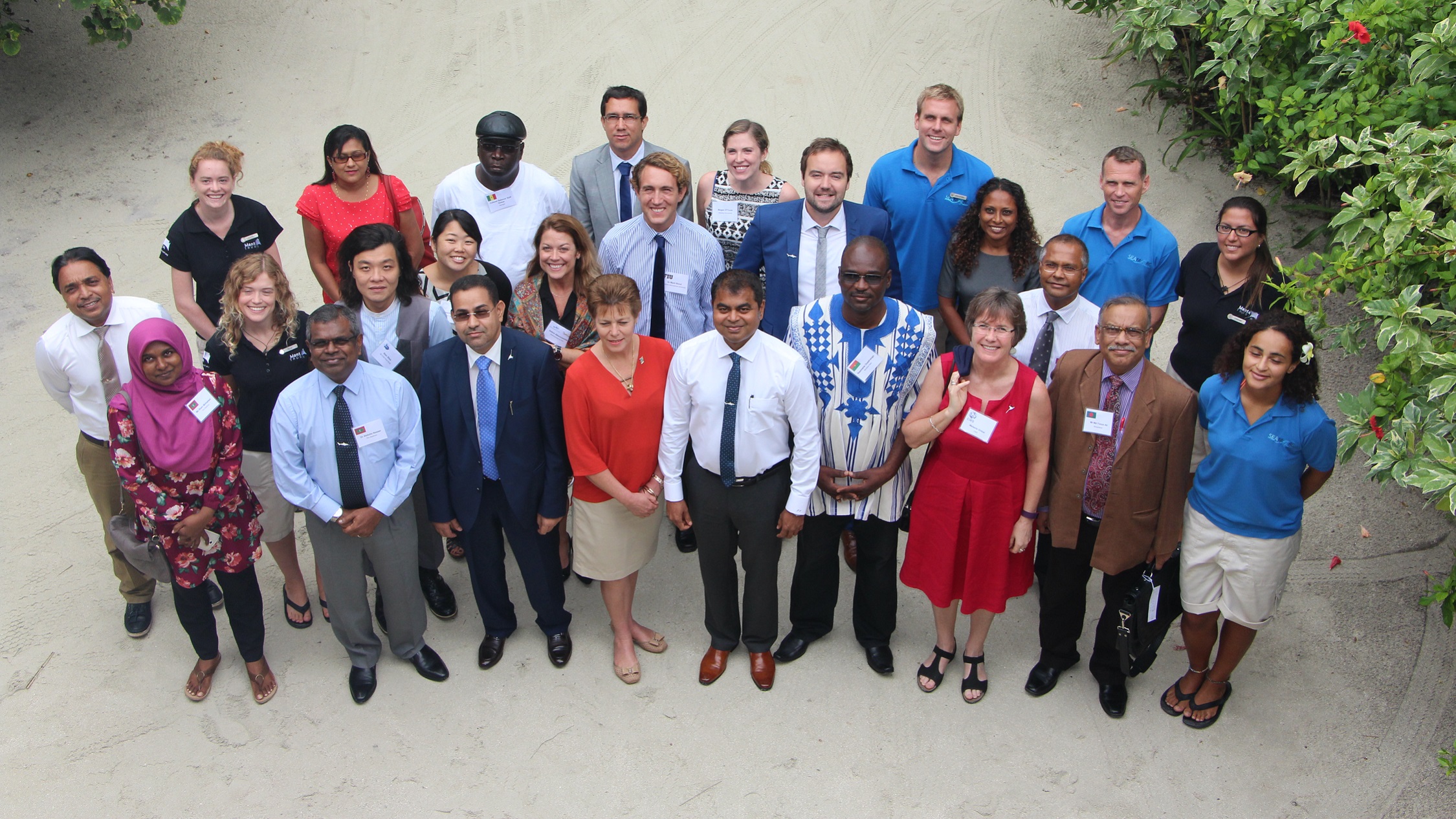
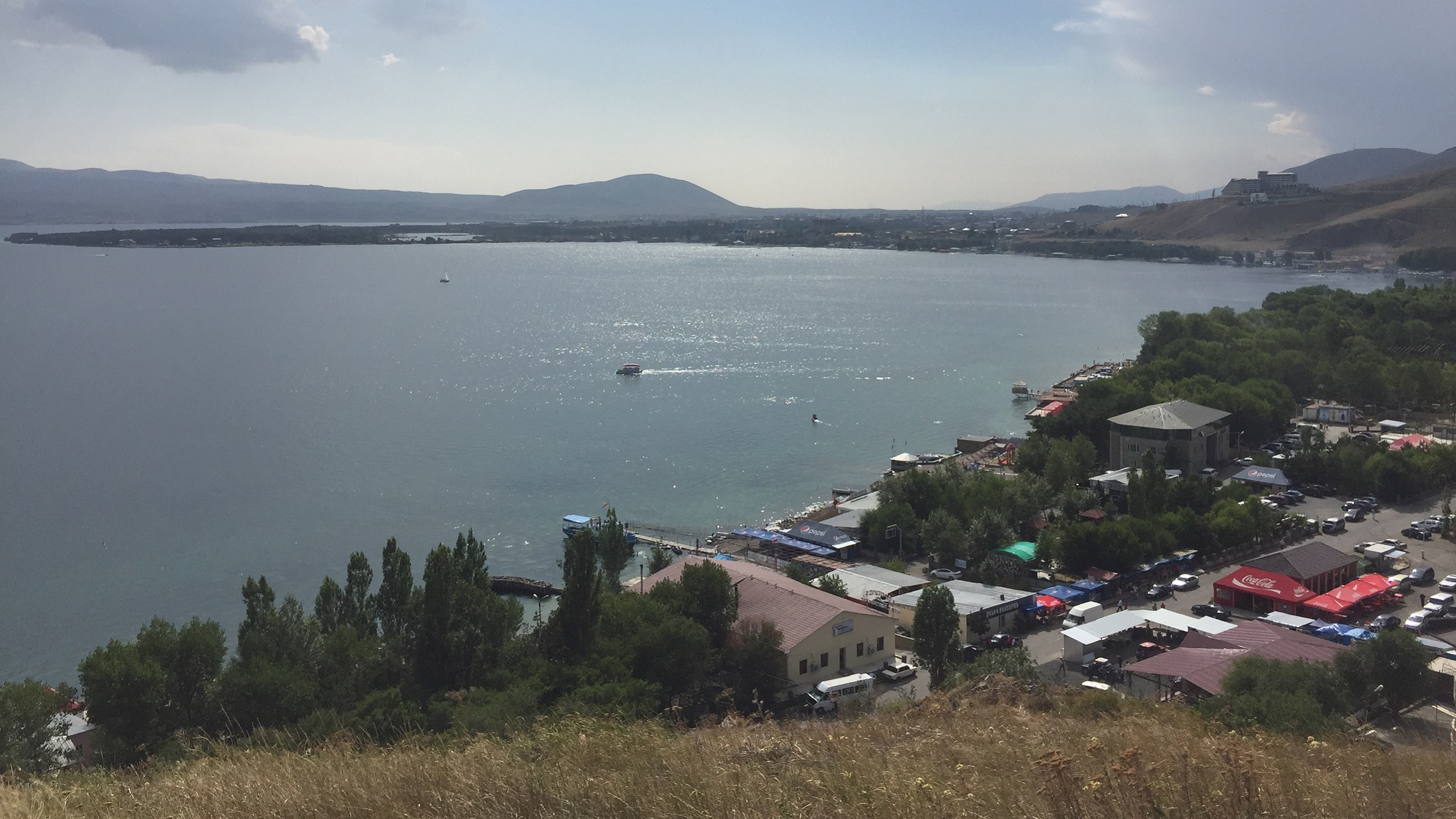


America’s Overdose Crisis
Sign up for our five-email course explaining the overdose crisis in America, the state of treatment access, and ways to improve care
Sign up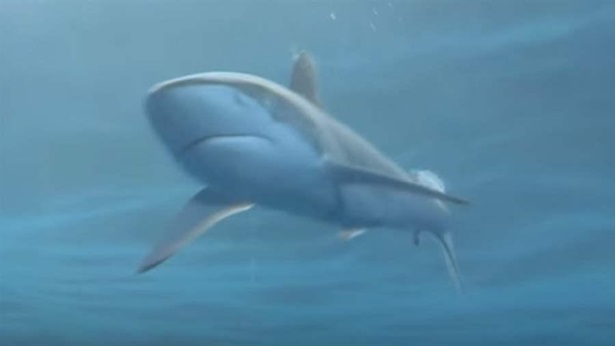
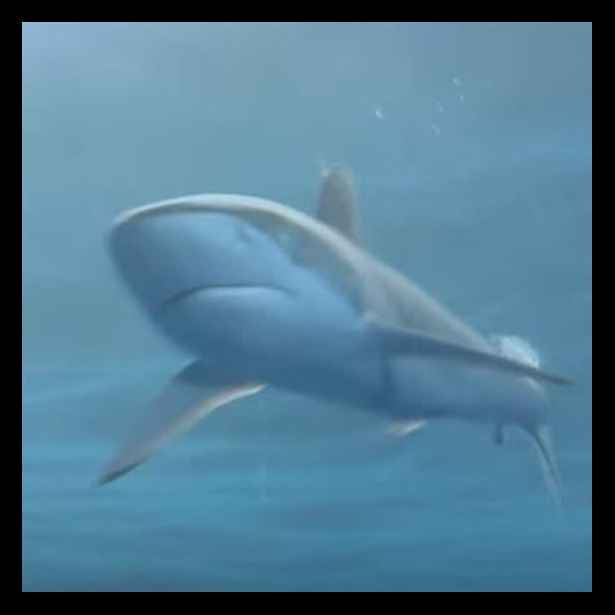
A Chance to Expand Global Protections for Sharks and Rays
2016 meeting of the Convention on International Trade in Endangered Species of Wild Fauna and Flora
